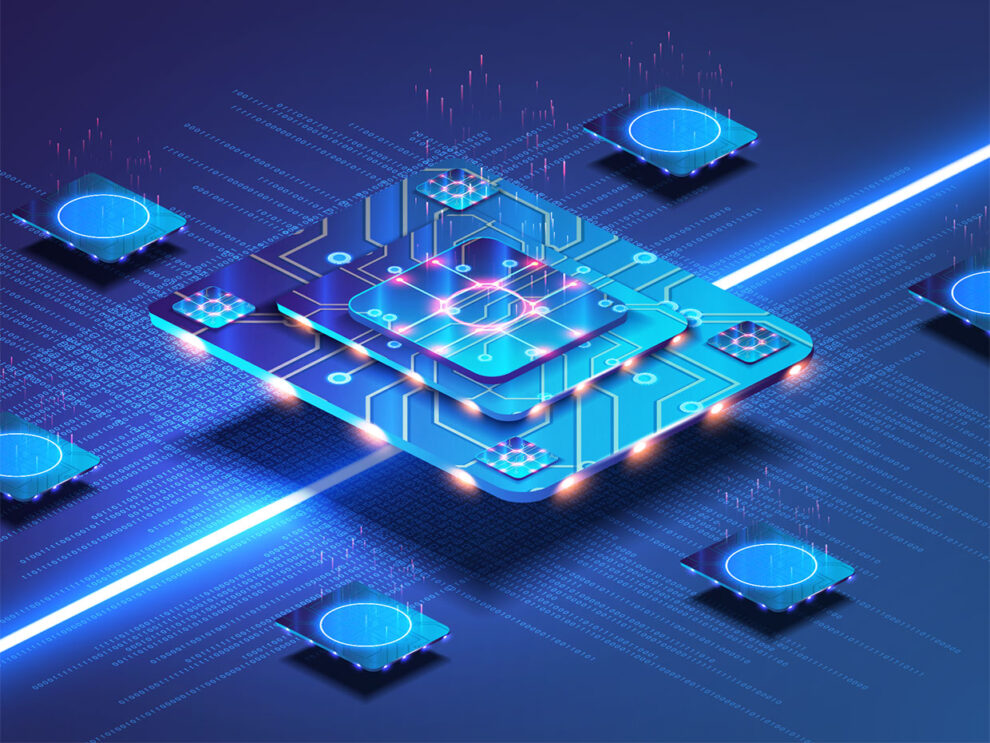In a significant strategic shift, Google has merged its Android and hardware divisions, aiming to accelerate its advancements in artificial intelligence (AI). This merger is part of Google’s broader realignment, which includes integrating its various AI research divisions, such as Google Brain and DeepMind, into a unified entity now known as Google DeepMind. This move demonstrates Google’s commitment to leading in AI innovation and improving the integration of AI across its hardware products, including smartphones and home devices.
Implications of the Merger
The integration of Android with the hardware division is expected to streamline operations and foster innovation in AI capabilities embedded in Google’s consumer hardware. By merging these divisions, Google anticipates not only enhancements in AI functionalities in devices like the Pixel phones and Nest products but also a more cohesive user experience. This consolidation is designed to leverage synergies between software development and physical device innovation, enabling more rapid deployment of advanced AI features to end-users.
Leadership and Organizational Changes
As part of the restructuring, several key leadership adjustments have been made to align with Google’s renewed focus on AI. The changes are intended to streamline decision-making and enhance the collaborative efforts between the AI research teams and product development groups. This strategic realignment underscores Google’s commitment to maintaining and extending its competitive edge in AI technologies.
Future Outlook and AI Goals
Google aims to harness this structural change to push the boundaries of what its AI can achieve, particularly in areas like machine learning, voice and image recognition, and real-time processing. This restructuring is poised to make Google’s hardware more competitive in the market, potentially leading to devices that are more intuitive and responsive to user needs. The focus is on creating a seamless integration of AI technologies that enhance the functionality and user experience of Google’s products.

























Add Comment